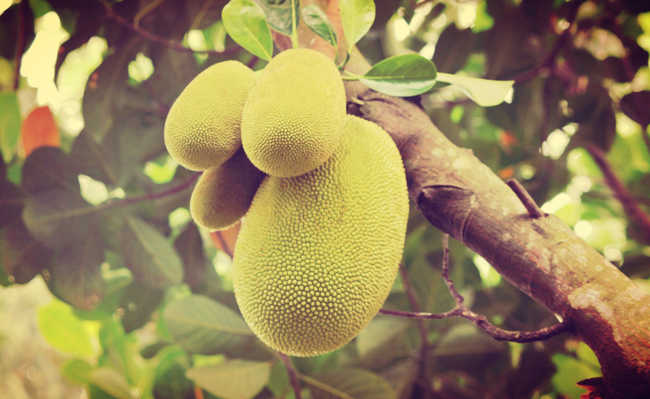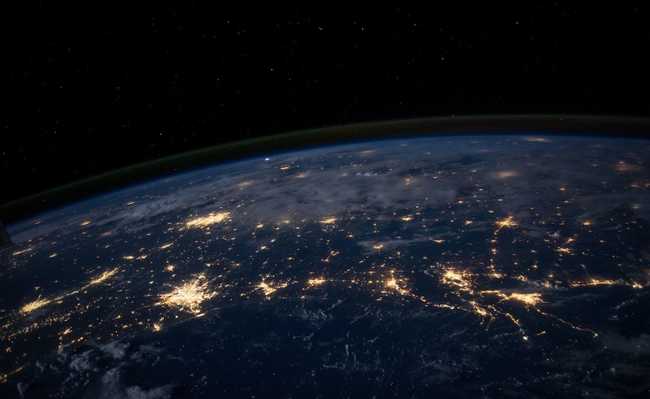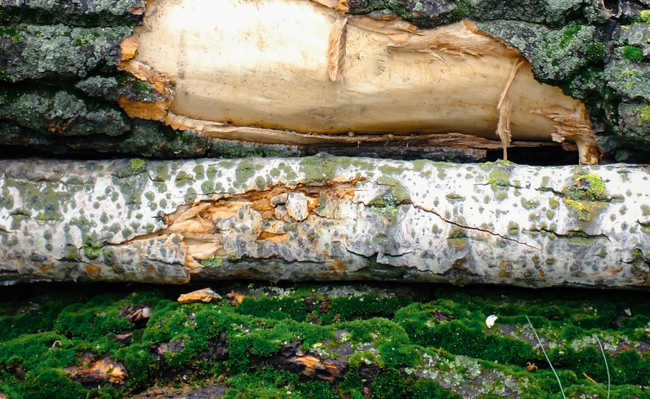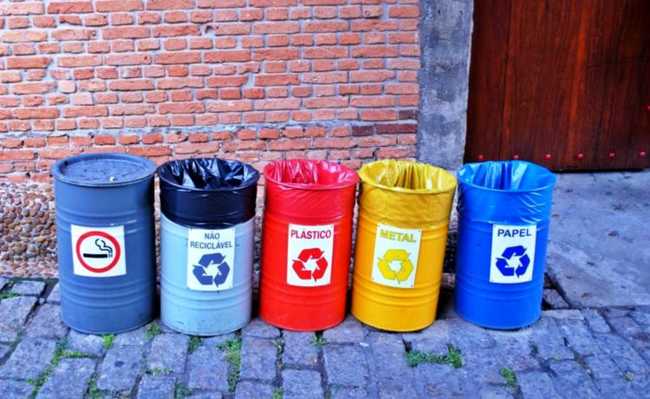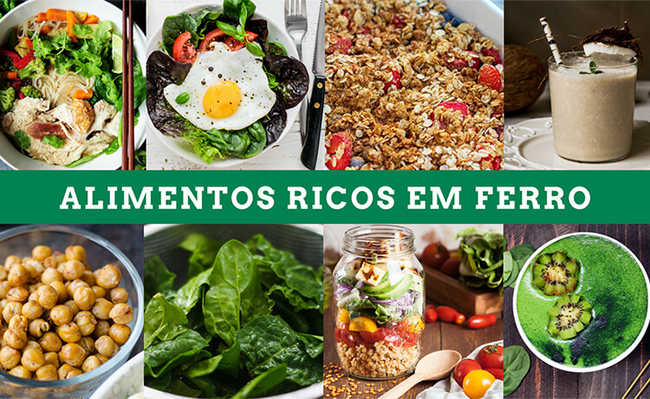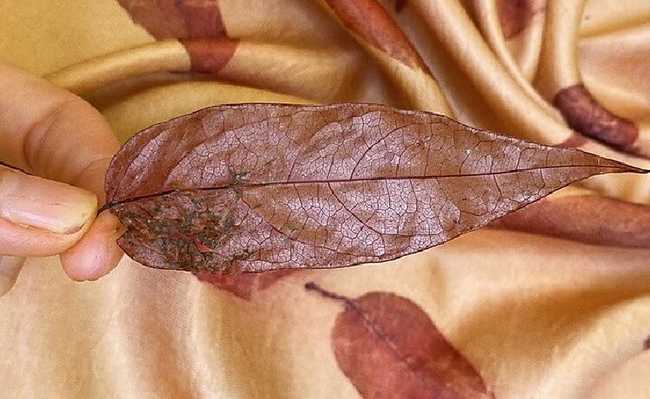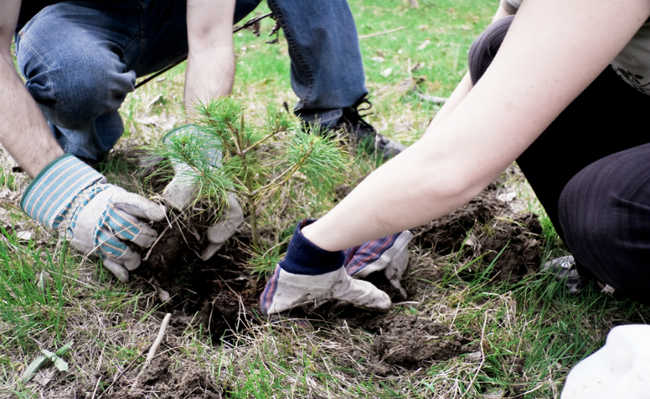How to Freeze Vegetables, Fruits and Vegetables
Learn about food whitening, a technique for freezing vegetables, fruits and vegetables while preserving texture and flavor

After filling the cart with vegetables, fruits and vegetables at the market, you come home and prepare lunch, right? But what to do with such a big broccoli plant? And with the remains of parsley, chives and cilantro already chopped? And with the pack? A good option is to freeze vegetables, fruits and vegetables!
The act makes the food last much longer, because the water in them turns into ice, making it very difficult for bacteria to grow and slowing down chemical reactions.
So you can consume them without having to buy them all again. Take the case of parsley, for example. After using part of the pack to make lunch, clean the leaves very well with water, and then dry them. It is important to leave them very dry so that little ice chips do not form on the leaves when they are placed in the freezer (this can damage the food).
Cut the stalks, discard old leaves and chop everything into small pieces (this will save you time when you want to use them later). Finally, you know that old ice tray? Then use it to freeze the parsley! Distribute the small cut pieces over each space, add a little water and freeze. To make fine herbs, instead of water, use olive oil - this way the leaves don't darken and you create a practical way to season stews, roasts, pastas and soups. Check out the complete walkthrough in the article: "Learn how to freeze your herbs to avoid waste".
Vegetables and fruits
The method of freezing vegetables and fruits is different, but also very simple. For example, the carrot. Let's say you used half the chopped carrot to make your dinner and you don't want to waste the rest. However, when you keep it in the fridge, you notice that it becomes dry or loses some of its flavor. To avoid these problems, you can chop it completely, then put it to cook for three minutes. After this period, take the pieces out of the pan and place them in ice water. This process is called food whitening and serves to preserve the food's nutritional value, color and flavor.
Then just put them in a glass or plastic container (they can be bags, but it is also possible to wrap them in plastic films, being careful not to let air inside them) and freeze. By doing this, you can keep these foods for more than six months.
The technique is suitable for freezing fruits and vegetables more consistently - bleaching works very well for freezing broccoli, for example. If the food is softer - such as zucchini -, the bleaching should be carried out for a shorter period of time, to prevent the vegetable from falling apart. Food bleaching can also be used to freeze potatoes, eggplant, beets, green corn, green beans, peas, peppers, cauliflower, cabbage and spinach. You can also use the technique to freeze firmer fruits such as apples and pears. Cooking time varies depending on the food.
Leaves of other types, such as chard, chicory and kale, should be chopped, placed in a glass or sealed container, and placed in the freezer. Important: sensitive leaves do not resist freezing, like lettuce and arugula, for example. In the case of fruits, many of them can be frozen whole, such as strawberry, acerola, blackberry and raspberry. Bananas can be frozen, peeled and cut into pieces, and can be used to prepare smoothies or even natural ice cream. Check out the recipe: "Turn overripe bananas into ice cream".
In addition to freezing vegetables, fruits and vegetables, it is also important to know how to best preserve your food. Check out some tips for storing food and making it last longer.

